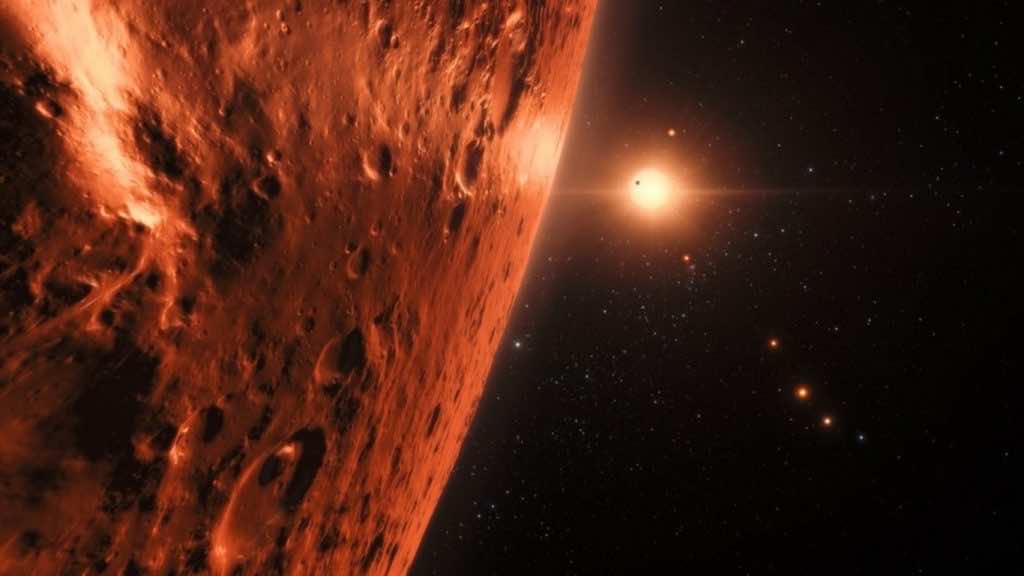NASA’s James Webb Space Telescope (JWST) hasn’t started its scientific operations, but astronomers are already looking forward to searching for alien civilizations using the extremely expensive observatory.
The telescope is powerful enough to directly image individual exoplanets orbiting distant stars. This can help us in finding out if we are surrounded by other life forms or not.
In a not-yet-peer-reviewed paper spotted by Universe Today, a team of astronomers from NASA and other institutions suggested that the JWST could be used to spot planets with detectable traces of chlorofluorocarbons (CFCs) in their atmosphere.
They explain this by saying that greenhouses gases like CFCs could be signs of extraterrestrial civilizations, since the same gases led to humanity punching a hole in the Earth’s ozone layer, in a clear marker of industrialized civilization. In short, aliens who have polluted their atmosphere could provide a giveaway sign of extraterrestrial life.
The team also revealed the first target to look for CFCs: TRAPPIST-1 which is a system made up of several Earth-sized planets orbiting a red dwarf star a mere 40 light-years away.
“CFCs are a notable example of a technosignature on Earth, and the detection of CFCs on a planet like TRAPPIST-1e would be difficult to explain through any biological or geologic features we know of today,” read the paper.
TRAPPIST-1 is relatively dim, which means the JWST’s infrared spectrometers wouldn’t be overpowered by it.
“In the next few decades there will be at least two of Earth’s passive technosignatures, radio emissions, and atmospheric pollution, that would be detectable by our own technology around the nearest star,” the team concludes.

